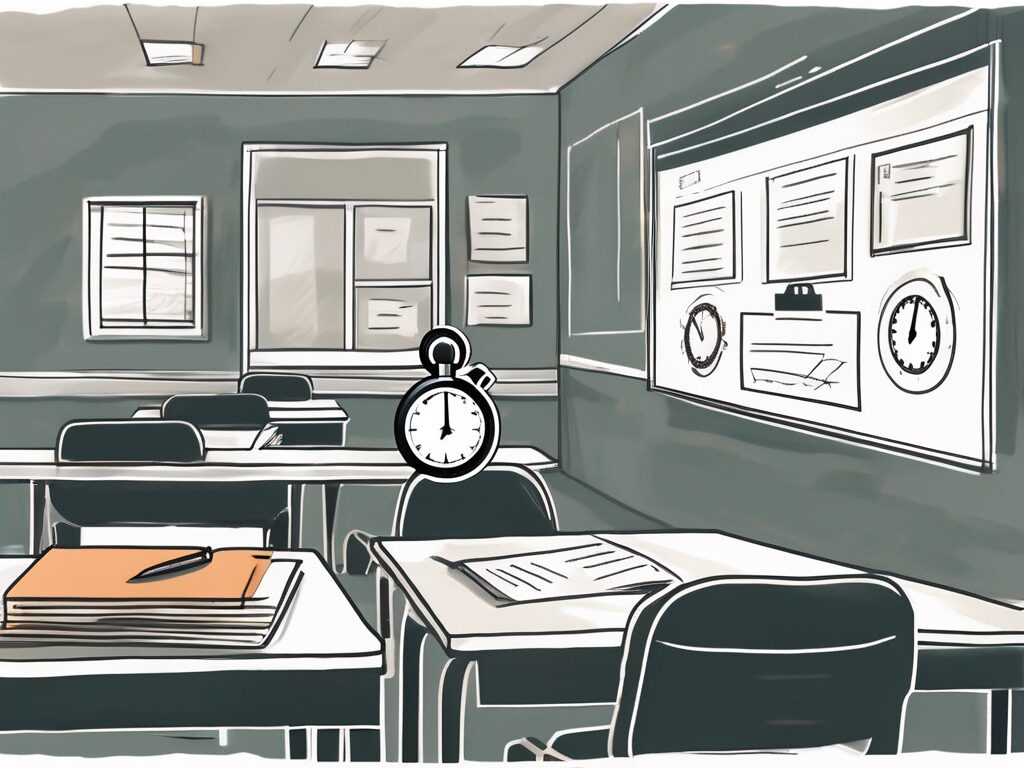In the world of education, feedback is a powerful tool that can significantly improve teaching performance. For teachers undertaking the International Postgraduate Certificate in Education (IPGCE), feedback plays an indispensable role in their professional development. This article delves into seven key aspects of teacher feedback in the IPGCE, offering insights into how it can enhance performance.
Understanding the Importance of Feedback
Before we delve into the specifics, it’s crucial to understand why feedback is so vital in the IPGCE. Much like a compass guiding a ship, feedback serves as a navigational tool for teachers, directing their professional growth and development. Without it, teachers may find themselves lost in the vast ocean of educational practices.
Feedback in the IPGCE is not just about pointing out areas of improvement; it’s also about acknowledging strengths and reinforcing positive behaviours. Think of it as a balanced diet for professional growth – you need a mix of constructive criticism (the fibre) and positive reinforcement (the sweet stuff) to maintain a healthy trajectory.
Types of Feedback in the IPGCE
Now that we’ve established the importance of feedback, let’s explore the different types that are prevalent in the IPGCE. Broadly speaking, feedback can be categorised into two types: formative and summative.
Formative feedback is ongoing and is provided during the learning process. It’s akin to a chef tasting the soup while it’s still cooking, making adjustments to enhance the flavour. In the context of the IPGCE, formative feedback helps teachers refine their teaching strategies and techniques in real-time.
On the other hand, summative feedback is provided at the end of a learning cycle or period. It’s like a restaurant review that summarises the dining experience. In the IPGCE, summative feedback gives teachers an overview of their performance, highlighting their strengths and areas for improvement.
Effective Feedback Strategies
The Sandwich Approach
One popular feedback strategy in the IPGCE is the ‘sandwich approach’. This method involves starting with positive feedback (the top slice of bread), followed by constructive criticism (the filling), and ending with more positive feedback (the bottom slice of bread). This approach ensures that while the teacher is made aware of their areas for improvement, their morale and confidence are not undermined.
Imagine you’re watching a film. You wouldn’t want it to start and end on a negative note, would you? The same principle applies to feedback. Starting and ending with positive comments creates a more balanced and palatable feedback experience.
SMART Feedback
Another effective feedback strategy is the SMART method. SMART stands for Specific, Measurable, Achievable, Relevant, and Time-bound. This approach ensures that the feedback provided is clear, practical, and actionable.
Think of it as giving someone directions. You wouldn’t say, “Go somewhere in that general direction,” would you? Instead, you’d give specific instructions like, “Take the second left, then the first right.” The SMART method works similarly, providing teachers with clear and precise directions for improvement.
Feedback and Reflection
Feedback in the IPGCE is not a one-way street; it’s a cycle that involves reflection. After receiving feedback, teachers are encouraged to reflect on it, internalise the insights, and then implement changes. It’s like looking in a mirror, noticing a smudge on your face, and then cleaning it off.
Reflection allows teachers to take ownership of their professional growth. It’s not just about receiving feedback, but also about understanding it, accepting it, and acting upon it. This process of reflection and action forms the backbone of continuous improvement in the IPGCE.
Feedback and Peer Learning
Feedback in the IPGCE is not limited to tutors or mentors; peers also play a vital role. Peer feedback fosters a collaborative learning environment, encouraging teachers to learn from each other’s experiences and perspectives. It’s like having a study group where everyone contributes and benefits.
Peer feedback also promotes a sense of camaraderie and mutual respect among teachers. By giving and receiving feedback, teachers can develop a deeper understanding of each other’s teaching styles and strategies, fostering a supportive and enriching learning community.
Feedback for Continuous Improvement
Ultimately, the goal of feedback in the IPGCE is continuous improvement. It’s about creating a cycle of learning, reflection, and action that drives consistent growth and development. It’s not a one-off event, but an ongoing journey of professional development.
As we’ve seen, feedback in the IPGCE is multifaceted, encompassing various types, strategies, and aspects. By understanding and leveraging these elements, teachers can significantly enhance their performance, ensuring that they’re not just teaching, but also learning, growing, and evolving.
Take the Next Step in Your Teaching Career with The IQTS at UWE
As you seek continuous improvement and strive to overcome the challenges of strict qualification requirements, career progression, professional isolation, and understanding global education systems, The IQTS at UWE presents the International Qualified Teacher Status (iQTS) programme. This Level 7 qualification is designed to support your journey, enhancing your professional development and opening doors to international opportunities. With the iQTS, you’re not just preparing for the next step in your career; you’re ensuring a 45% increase in promotion rates, a 30% salary boost, and a 300% expansion in professional connections. Don’t let barriers hold you back. Make Your Next Step and join a community of educators dedicated to excellence and growth.

